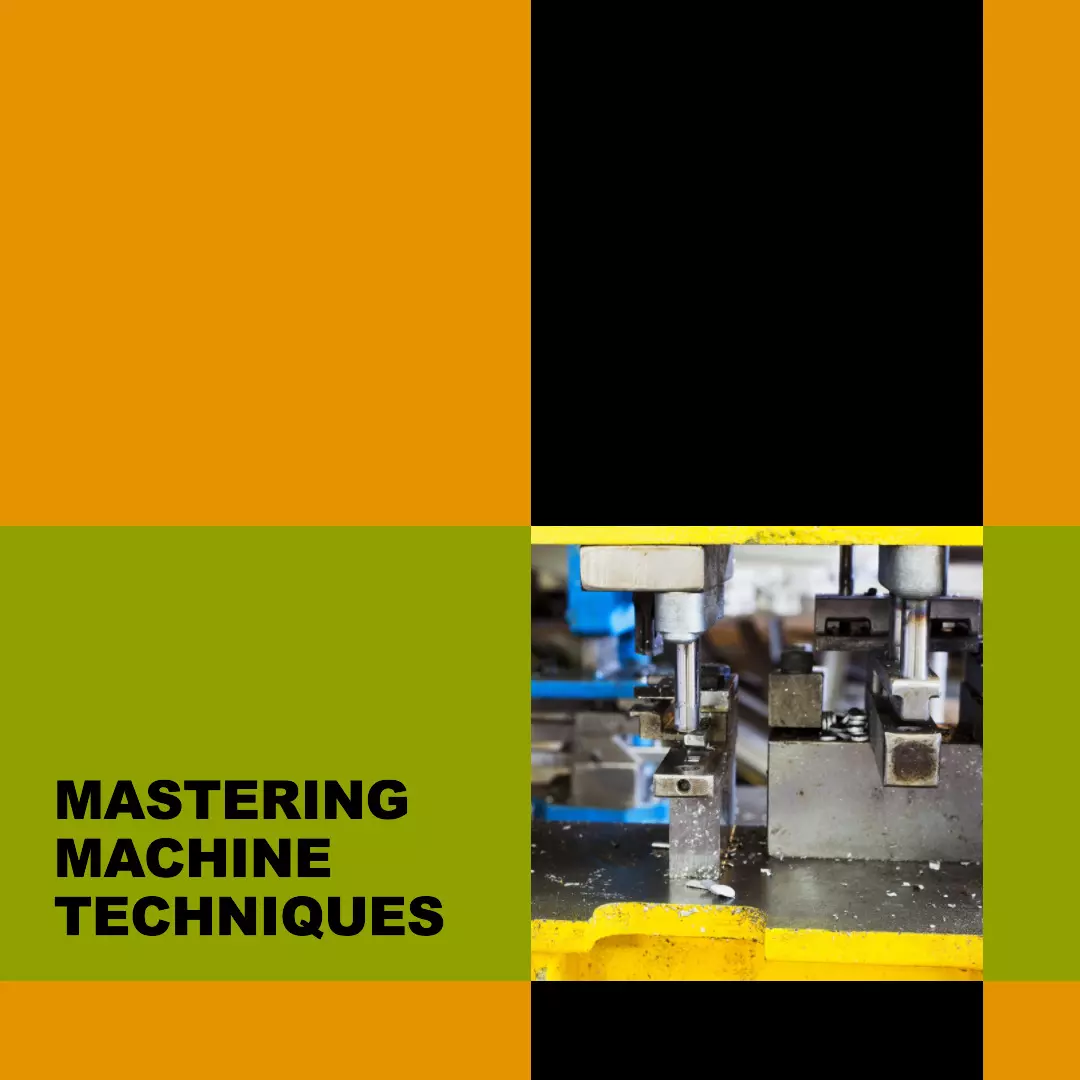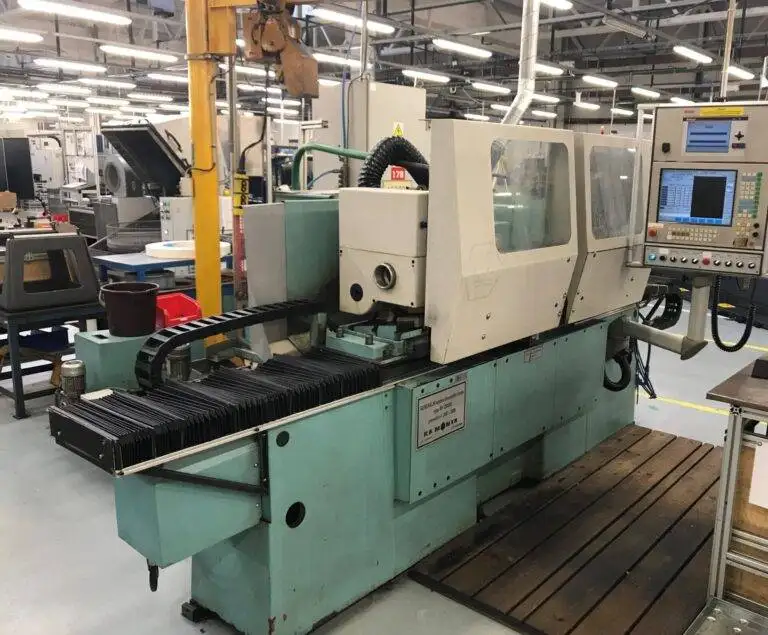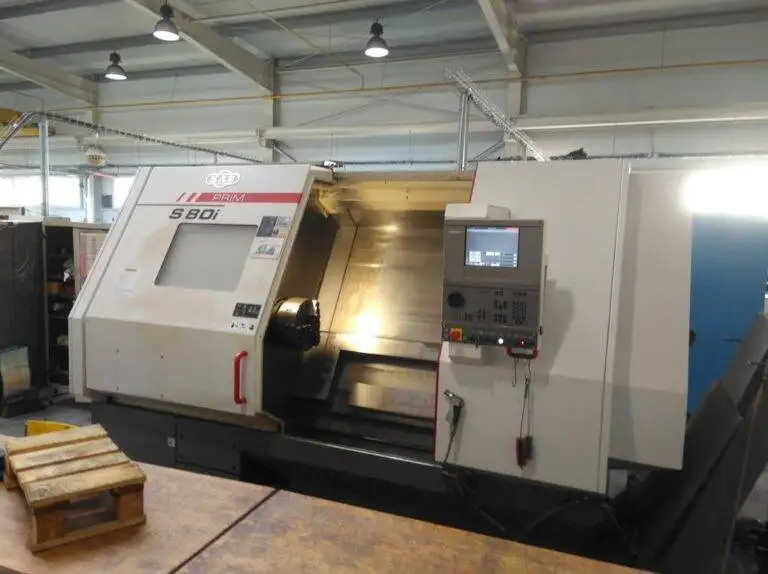Mastering machine techniques on a CNC milling machine
Mastering Machine Techniques on a CNC Milling Machine
CNC milling machines have revolutionized the manufacturing industry, allowing for precise and efficient production of various components and parts. However, to truly unlock the potential of these powerful machines, it is essential to master the techniques and skills required to operate them effectively. In this article, we will explore the key steps and considerations for mastering machine techniques on a CNC milling machine.
Understanding CNC Milling Machines
Before delving into the techniques, it is crucial to have a basic understanding of CNC milling machines. These machines utilize computer numerical control (CNC) technology to automate the milling process. Instead of manually operating the machine, the operator uses computer software to program the machine’s movements and commands.
CNC milling machines consist of several key components, including the spindle, tool, worktable, and control panel. The spindle rotates the cutting tool, while the worktable holds the material being machined. The control panel allows the operator to input commands and monitor the machining process.
Machine Setup and Calibration
To ensure accurate and precise machining, proper machine setup and calibration are paramount. Here are some essential steps to follow:
- Machine Alignment: Align the machine’s axes, including the X, Y, and Z axes, to ensure that the cutting tool moves precisely as intended.
- Tooling Setup: Install and secure the appropriate cutting tools in the spindle. Ensure they are properly aligned and tightened.
- Workpiece Fixturing: Secure the workpiece firmly to the worktable using clamps or vises. Make sure it is properly positioned and leveled.
Taking the time to set up and calibrate the machine correctly will help avoid errors and ensure consistent and accurate results.
CNC Programming
Once the machine is set up, mastering CNC programming is crucial for achieving desired outcomes. The programming language used for CNC milling machines is usually G-code. Here are some key considerations:
- Understanding G-code: Familiarize yourself with the G-code language, which consists of commands that dictate the machine’s movements, feed rates, and toolpath.
- CAD/CAM Software: Utilize computer-aided design (CAD) and computer-aided manufacturing (CAM) software to generate G-code programs. These software tools enable you to create 2D or 3D models and convert them into machine instructions.
- Toolpath Optimization: Optimize the toolpath to ensure efficient machining and minimize unnecessary movements. This can be achieved by using the appropriate cutting strategies, such as contouring, pocketing, or drilling.
By becoming proficient in CNC programming, you can create intricate and complex designs and execute them flawlessly on the milling machine.
Cutting Parameters and Feeds
To achieve optimal machining results, understanding and adjusting cutting parameters and feeds is crucial. Here are some key factors to consider:
- Spindle Speed: The speed at which the spindle rotates affects the material removal rate and the surface finish. Adjust the spindle speed based on the material being machined and the desired outcome.
- Feed Rate: The feed rate determines how quickly the cutting tool moves through the material. It is essential to find the right balance between feed rate and spindle speed to prevent tool breakage and ensure a smooth machining process.
- Depth of Cut: The depth of cut refers to the thickness of the material being removed in a single pass. It is essential to determine the optimal depth of cut based on the material’s hardness, the cutting tool’s capabilities, and the desired machining time.
By experimenting with different cutting parameters and feeds, you can optimize the machining process, reduce production time, and enhance the quality of the finished product.
Tool Selection and Maintenance
Choosing the right cutting tools and ensuring their proper maintenance is vital for successful CNC milling. Consider the following:
- Tool Material: Different materials have varying hardness and wear resistance. Select cutting tools made from high-quality materials, such as carbide or high-speed steel, to ensure durability and longer tool life.
- Tool Geometry: The geometry of the cutting tool directly affects its cutting performance. Choose the appropriate tool geometry based on the machining operation and material being processed.
- Tool Inspection and Replacement: Regularly inspect the cutting tools for wear and damage. Replace dull or damaged tools promptly to maintain machining accuracy and prevent tool breakage.
Proper tool selection and maintenance contribute to consistent and precise machining results, reducing the risk of errors and increasing productivity.
Safety Precautions
Lastly, prioritizing safety is of utmost importance when operating CNC milling machines. Here are some essential safety precautions to follow:
- Protective Equipment: Wear appropriate personal protective equipment (PPE), such as safety glasses, gloves, and ear protection, to prevent injuries from flying chips, noise, and vibrations.
- Machine Enclosure: Ensure the machine is enclosed or surrounded by safety barriers to prevent accidental contact with moving parts.
- Emergency Stop: Familiarize yourself with the machine’s emergency stop function and its location. Be prepared to use it in case of any unexpected situations or emergencies.
Always prioritize safety and follow the manufacturer’s guidelines and recommendations to avoid accidents and maintain a secure working environment.
In conclusion, mastering machine techniques on a CNC milling machine requires a combination of knowledge, skills, and practice. By understanding the machine’s components, programming, cutting parameters, tool selection, and safety precautions, you can unlock the full potential of CNC milling machines and achieve precise and efficient machining results. Remember to always prioritize safety and continuous learning to stay ahead in this dynamic field.
*This article has been written in English as per the given instructions.
FAQ
Q: What is a CNC milling machine?
A: A CNC milling machine is a machine that uses computer numerical control technology to automate the milling process, allowing for precise and efficient production of various components and parts.
Q: What are the key components of a CNC milling machine?
A: The key components of a CNC milling machine include the spindle, tool, worktable, and control panel. The spindle rotates the cutting tool, the worktable holds the material being machined, and the control panel allows the operator to input commands and monitor the process.
Q: What are the essential steps for machine setup and calibration?
A: The essential steps for machine setup and calibration include machine alignment (e.g., aligning the X, Y, and Z axes), tooling setup (installing and aligning cutting tools), and workpiece fixturing (securing and positioning the workpiece on the worktable).
Q: What is the programming language used for CNC milling machines?
A: The programming language used for CNC milling machines is usually G-code. It consists of commands that dictate the machine’s movements, feed rates, and toolpath. Familiarity with G-code and the use of CAD/CAM software are crucial for mastering CNC programming.





